Affiliate links on Android Authority may earn us a commission. Learn more.
Arlo vs Ring: Which offers the best smart home security?
Published onNovember 22, 2023
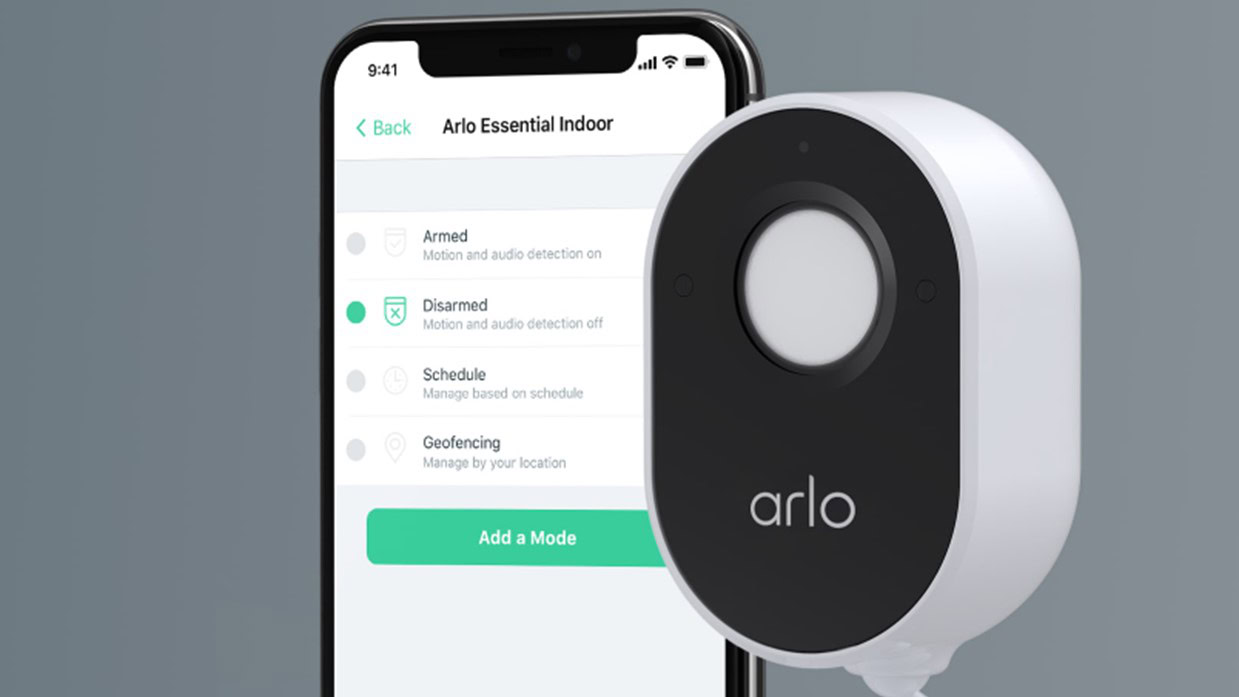
You’ve got a lot of choices when it comes to smart home security these days — there are brands like Eufy, Wyze, Ecobee, Philips Hue, and of course Google Nest. But if you want a complete system including cameras, sensors, doorbells, and alarm panels, the behemoths in the industry are Arlo and Ring — at least in the United States. Which of those should you build your security around, if either?
Arlo vs Ring: At a glance
- Arlo is a spinoff of Netgear, best known its Wi-Fi routers, while Ring is a subsidiary of Amazon, which bought it in February 2018.
- Both companies require a subscription to unlock the full functionality of their cameras and doorbells, and one of their most expensive plans if you want professional monitoring.
- In terms of smart home ecosystems, Ring devices are heavily skewed towards Alexa integration, although they do have very marginal support in Google Home/Google Assistant. Arlo treats Alexa and Google Home equally, and many of its cameras and doorbells also support Apple HomeKit. Ring lacks any HomeKit compatibility without a third-party kludge like Homebridge.
- Ring has a much larger stable of hardware products, especially if you include third-party accessories, but all the essentials are still covered by Arlo — even water leak detection.
- Neither company offers smart door locks, but you can link third-party locks by way of Alexa, Google Home, and/or HomeKit.
Arlo vs Ring: Product lineups
Both companies offer such large hardware lineups that we can’t cover each product in-depth. Instead we’ll try summarize their catalogs, giving you a sense of what you can expect when you go shopping. Whichever brand you choose, there’s a strong emphasis on bundles — you can usually get a significant discount if you buy an entire system at once instead of piece-by-piece.
Remember also that some products may require another device to work, especially things like chimes, sensors, and hub/alarm panels. We’re deliberately omitting minor accessories such as cables and replacement pieces.
Arlo
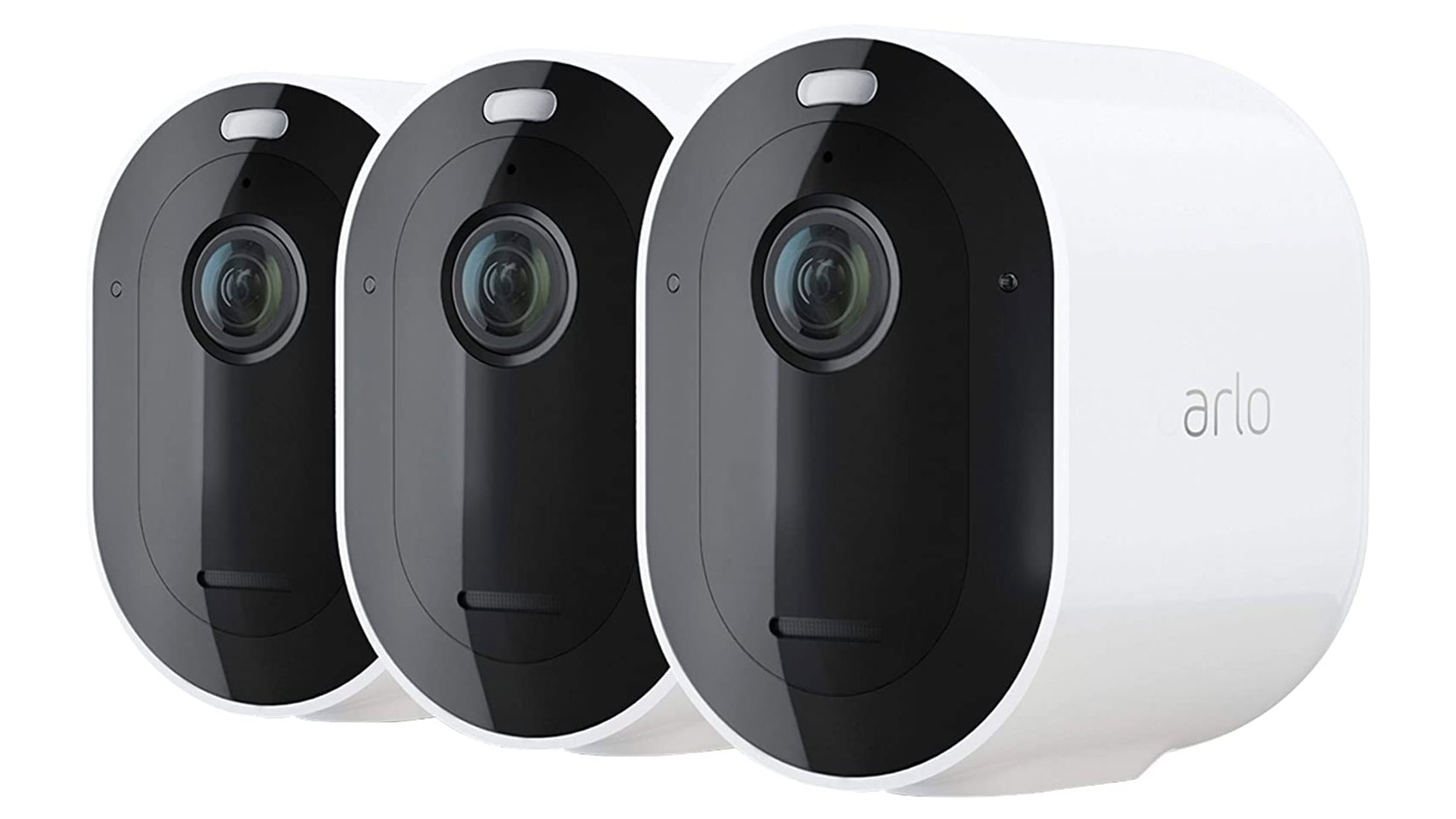
- Cameras: Essential, Essential Indoor, Essential XL, Pro 3 (Wireless Floodlight Camera), Pro 4, Pro 5S 2K, Ultra 2
- Doorbells: Video Doorbell, Essential
- Sensors/Panels: All-in-One Sensor (motion, light, open/close, water, freeze, smoke and CO alarm listening), Home Security System (Keypad Sensor Hub and 2 All-in-One Sensors)
- Accessories: Chime 2, mounts, camera housing, battery chargers, rechargeable batteries, Wire-Free Outdoor Siren, Cellular and Battery Backup (for Home Security System), Solar Panel Charger (for cameras), Safe Button, Ultra SmartHub, Pro SmartHub
Ring
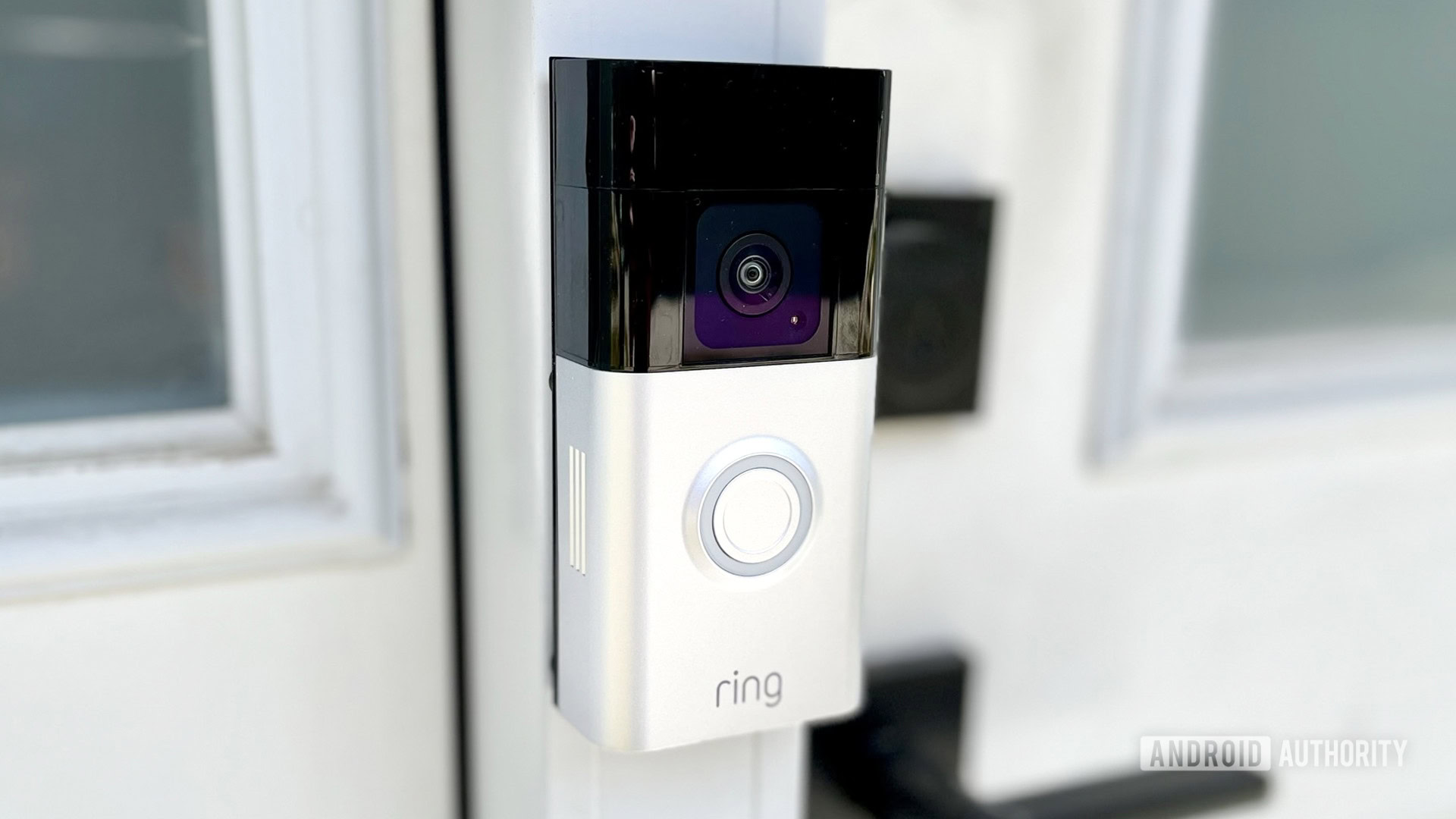
You can read more about these devices in our dedicated Ring buyer’s guide, but here’s a quick product list:
- Outdoor cameras: Spotlight Cam Plus (battery/plug-in/wired/solar), Spotlight Cam Pro (battery/plug-in/wired/solar), Floodlight Cam Plus (wired/plug-in), Floodlight Cam Pro (wired/plug-in), Stick Up Cam (battery/plug-in/solar/pan-tilt), Stick Up Cam Pro (battery/plug-in/solar), Stick Up Cam Elite (power-over-Ethernet), Car Cam
- Indoor cameras: Indoor Cam (2nd gen), Stick Up Cam series
- Doorbells: Video Doorbell (2nd gen), Battery Doorbell Plus, Peephole Cam, Video Doorbell Wired, Video Doorbell Pro, Video Doorbell Pro 2, Video Doorbell Elite (power-over-Ethernet)
- Sensors/Panels: Alarm Window and Door Contact Sensor, Alarm Smoke and CO Listener, Alarm Keypad, Alarm Pro Base Station, Alarm Outdoor Contact Sensor, Alarm Glass Break Sensor, Alarm Flood and Freeze Sensor, Alarm Motion Detector, Alarm Range Extender, Access Controller Pro 2 (for gates), Retrofit Alarm Kit (for existing wired alarm systems), Motion Sensor (for outdoor lighting), Mailbox Sensor
- Accessories: Chime, Chime Pro, Panic Button, Pet Tag, solar panels, battery chargers, mounts, Power Pack (for Alarm Pro Base Station), doorbell faceplates, Outdoor Smart Plug, Bridge (for outdoor lighting), Transformer (for lighting), A19 Smart LED Bulb, Wall Light Solar
Arlo vs Ring: Subscription plans
As we hinted at the outset, it’s probably not worth buying Arlo or Ring products without a subscription. You’ll need a plan of some sort to enable all camera and doorbell features — even things as basic as cloud recording — and if you want to replace the sort of systems offered by companies like ADT, you’ll need to pay for a plan with professional monitoring (where available).
Arlo
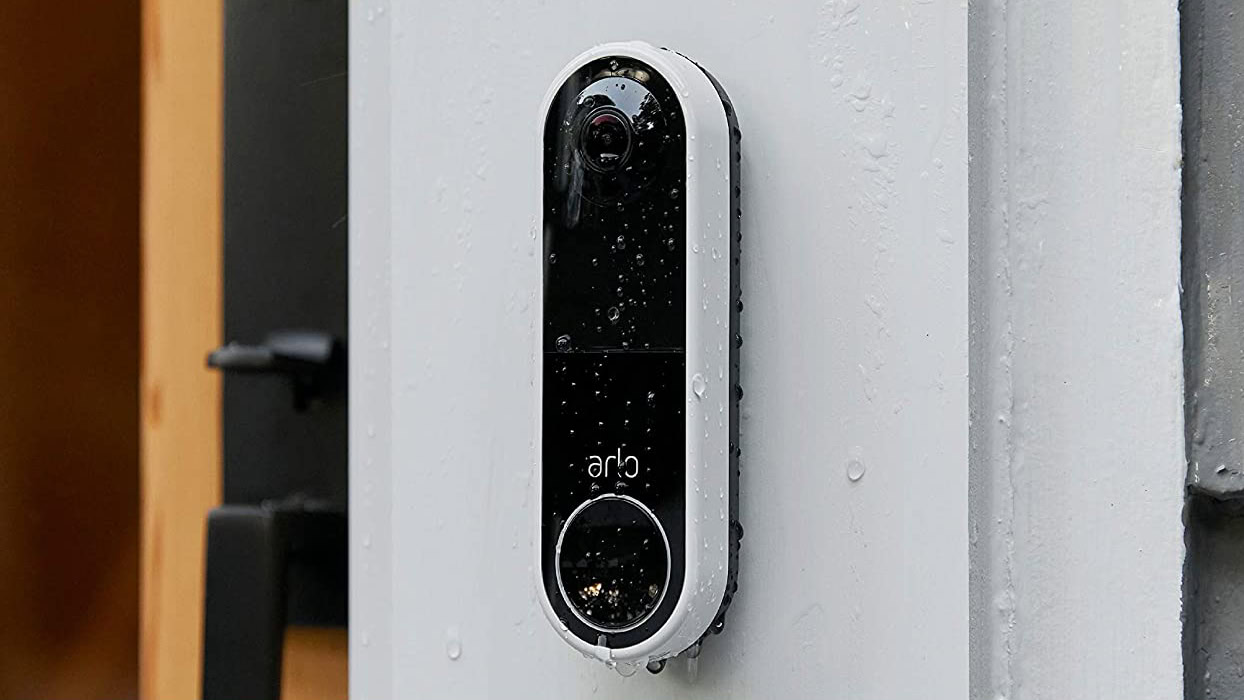
There’s more to say in our Arlo Secure guide, but here’s an overview of all Arlo’s US plans. Options will differ in other countries, if they’re even available there.
- Secure: This costs $4.99 for a single camera or doorbell, or $12.99 for an unlimited number of them. Features enabled include 30 days of cloud-based event recording, interactive notifications, animated preview notifications, AI object recognition, alarm audio detection, and activity zones. It also comes with perks like theft replacement, priority support, and shopping discounts.
- Secure Plus: A flat $17.99 per month, this incorporates everything from Secure as well as single-tap app options to send police, fire, or medical response to your home. You’ll also get the option of “critical” alerts that override any silent or Do Not Disturb settings in Android or iOS (or iPadOS, for that matter).
- Safe and Secure Plus: For $24.99 per month, this adds 24/7 monitoring and video verification/escalation if you have an Arlo Security System. Away from home you can also use the Arlo Safe app — that includes things like crash detection, one-tap emergency dispatches, alerts to emergency contacts, and family check-ins. In especially dangerous situations you can activate a Guardian Mode, which automatically triggers emergency dispatch if you let go of a safety button.
- Total Security Starter: This is $9.99 per month over a 36-month term, but bundles a Keypad Sensor Hub and 2 All-in-One sensors with 24/7 monitoring, critical alert support, and emergency response dispatch.
- Total Security Starter Plus: You pay $19.99 per month for 36 months, but on top of the Keypad Sensor Hub, you get 10 All-in-One Sensors and a Cellular and Battery Backup unit, which ensures your system will keep working even when power or Wi-Fi goes down.
- Total Security Advanced with Video: For a hefty $49.99 per month over 36 months, this combines Total Security’s perks with Secure Plus. Bundled hardware includes the Keypad Sensor Hub, 10 All-in-One Sensors, Cellular and Battery Backup, 3 Pro5S 2K cameras with 4 batteries, a Dual Charging Station, and 3 anti-theft mounts.
Ring

These are Ring’s US offerings. Like Arlo, details will vary in other countries where Ring operates.
- Protect Basic: $3.99 per month or $39.99 per year covers a single doorbell or camera, and enables person detection, up to 180 days of cloud-based event recording, photo previews in notifications, and video saving and sharing. You also get a 10% discount on some Amazon/Ring products.
- Protect Plus: For $10 per month or $100 per year, this expands Basic to cover all cameras or doorbells in your home. The only additional perk is extended warranties on all the devices at a single address.
- Protect Pro: $20 per month or $200 per year gets you Plus benefits as well as 24/7 monitoring, cellular backup for your Ring Alarm system, and an emergency response SOS button in in the Ring app. When you have an Alarm Pro Base Station, the plan includes 3GB of backup internet (with a $3 fee per extra GB) and local recording to a microSD card if you have one.
Arlo vs Ring: Smart home integration
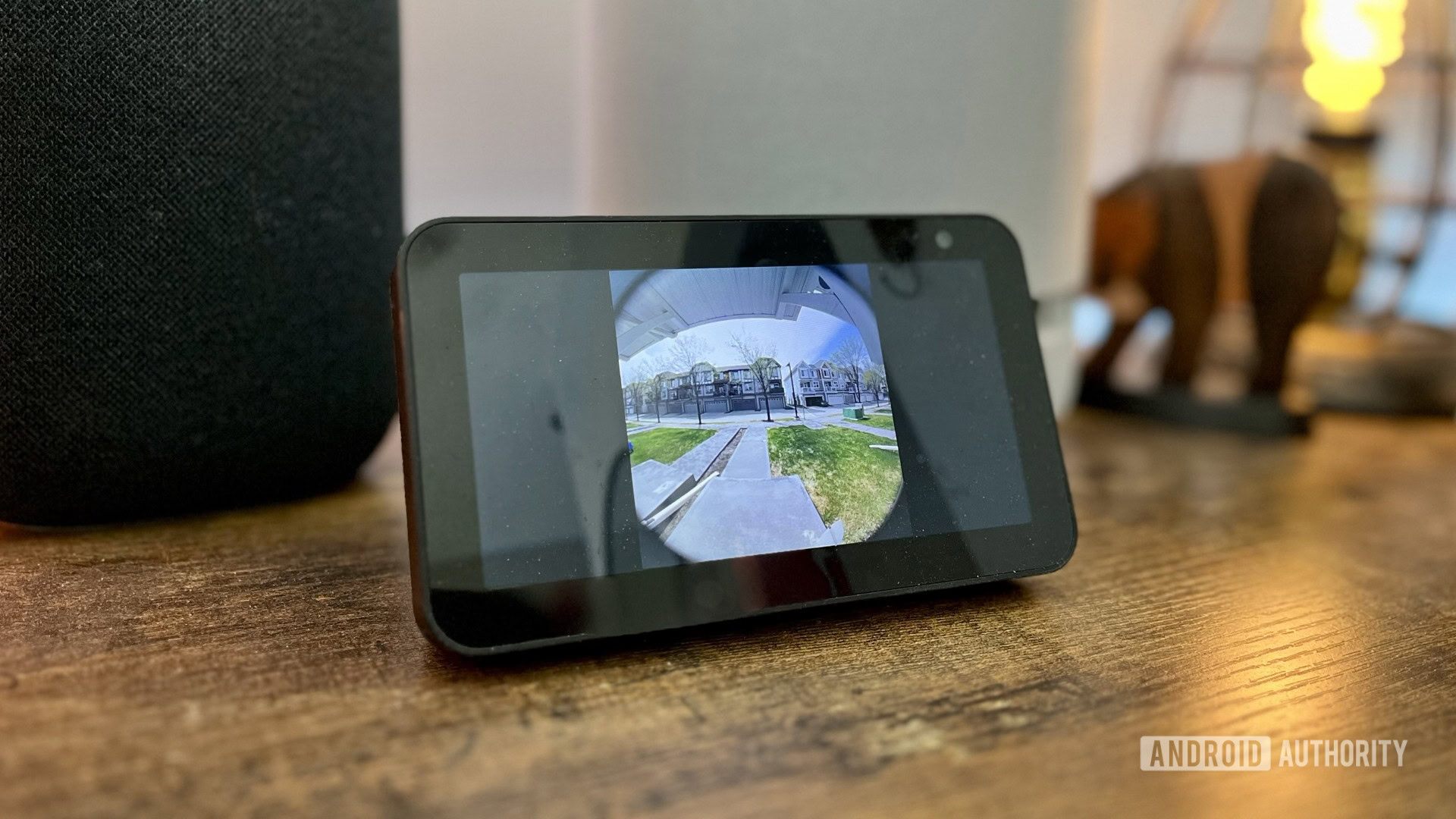
If you’ve already got other smart home devices linked to a popular platform, this is may be an extremely important consideration. It enables new interactions, and more complex automations, such as locking your doors and turning on specific lights whenever you leave home.
Ring is best combined with Alexa, which is unsurprising, what with both being owned by Amazon. When you use Alexa-compatible speakers, media streamers, and smart displays, you automatically get doorbell chimes, intercom functions, live video views, and/or arming functions. Google Home will technically work with Ring, but not for any of the features we just listed. There’s no native support at all for Apple HomeKit, though you can get around this with Homebridge.
Arlo supports Alexa, HomeKit, and Google Home. The benefits depend on the platform you’re using, but if you’re a HomeKit or Google Home user, you should automatically prefer Arlo. Note that with HomeKit, you’ll need an Arlo SmartHub or Base Station to make the link work, as well as a HomePod or Apple TV 4K to serve as an Apple Home Hub.
Remember of course that you don’t need any kind of umbrella smart home platform to use Arlo or Ring — you can always fall back on the companies’ dedicated Android and iOS apps.
Arlo vs Ring: Which one is right for you?

If you rely on Google Home or Apple HomeKit, or want to keep those as an option, the clear choice is Arlo. While Arlo has fewer products and charges more for its subscriptions, Amazon/Ring seems bent on excluding its rivals in the smart home space, and that’s a big deal with a security system you’ll be using for years. Even if you’re content to use the Ring app and/or Amazon Alexa for the time being, if you change your mind later, you could end up spending hundreds of dollars replacing cameras and other equipment.
Arlo is often technically superior and the only real option for Google Home or Apple HomeKit users, but Ring can be excellent if you use Amazon Alexa, or don't care about smart home integrations.
You may also prefer Arlo if you want the most advanced features and video quality, since Ring has lagged behind in areas like AI and resolution. It’s catching up, so this isn’t an overwhelming concern, yet you’d think Ring would be more generous with a trillion-dollar parent company behind it.
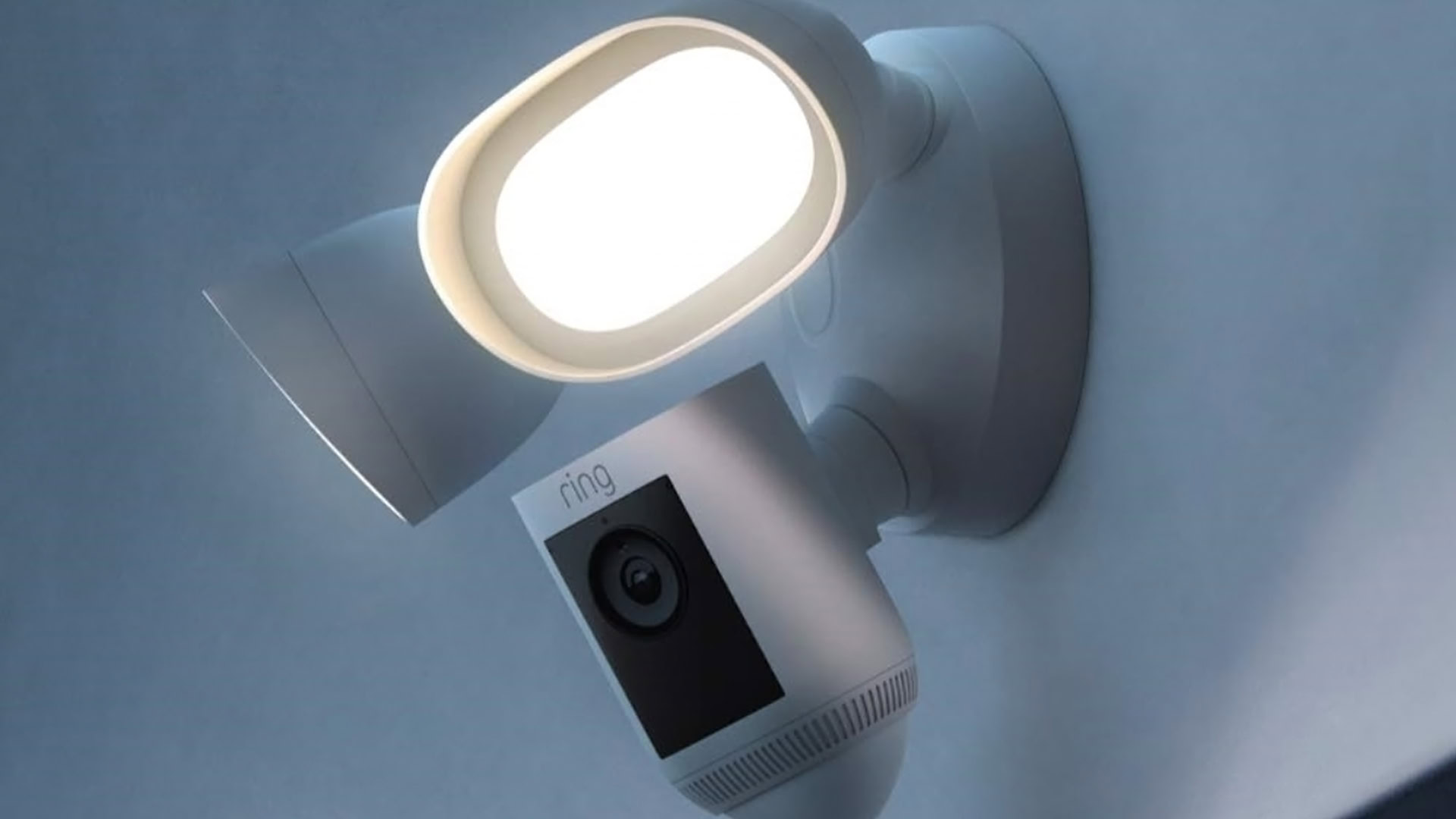
If you’re a fan of Alexa or don’t care about smart home integrations, you might in fact prefer Ring. Ring Protect subscriptions are cheaper, and with so many different products to choose from, it’s not hard to build a system that fits your budget and meets specific security needs. Alexa is actually a pretty great platform overall, especially because it doesn’t play favorites between Android or iOS. Control works just as well on a Pixel 8 as it does on an iPhone 15.
The greater question is whether you should go with either ecosystem. As we’ve mentioned repeatedly, Arlo and Ring require subscriptions to be useful. Even basic features like local recording or AI person and object recognition won’t work without a plan. If you don’t need professional monitoring, you may be better off with Google Nest devices or Amazon’s budget Blink brand, especially since the former offers on-device object recognition and includes a low amount of cloud storage for free.
FAQs
Arlo was originally owned by Netgear, but spun it off into a separate company in 2018.
Amazon, which bought Ring in February 2018.
Effectively. While they retain some basic functionality without one, such as live views, you’ll be missing out on essentials like cloud recording and object recognition.
There are backup cellular connection options, and even local recording in some cases, but you have to pay for the privilege.
Their outdoor-rated cameras are. Their indoor cameras aren’t, so avoid getting them wet at all costs.